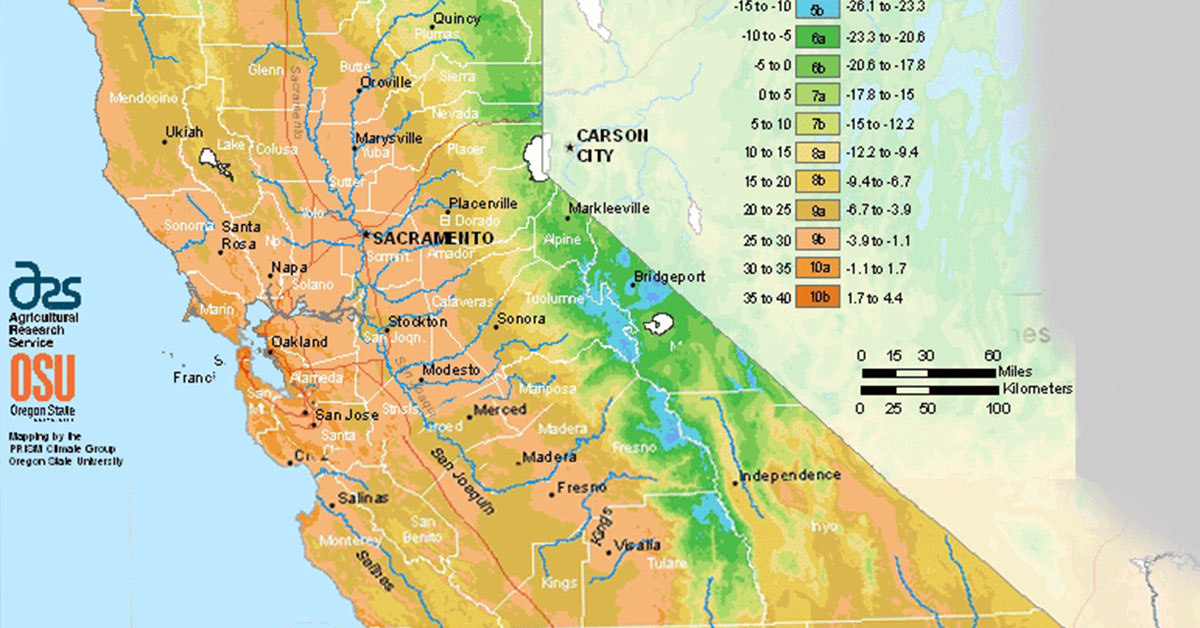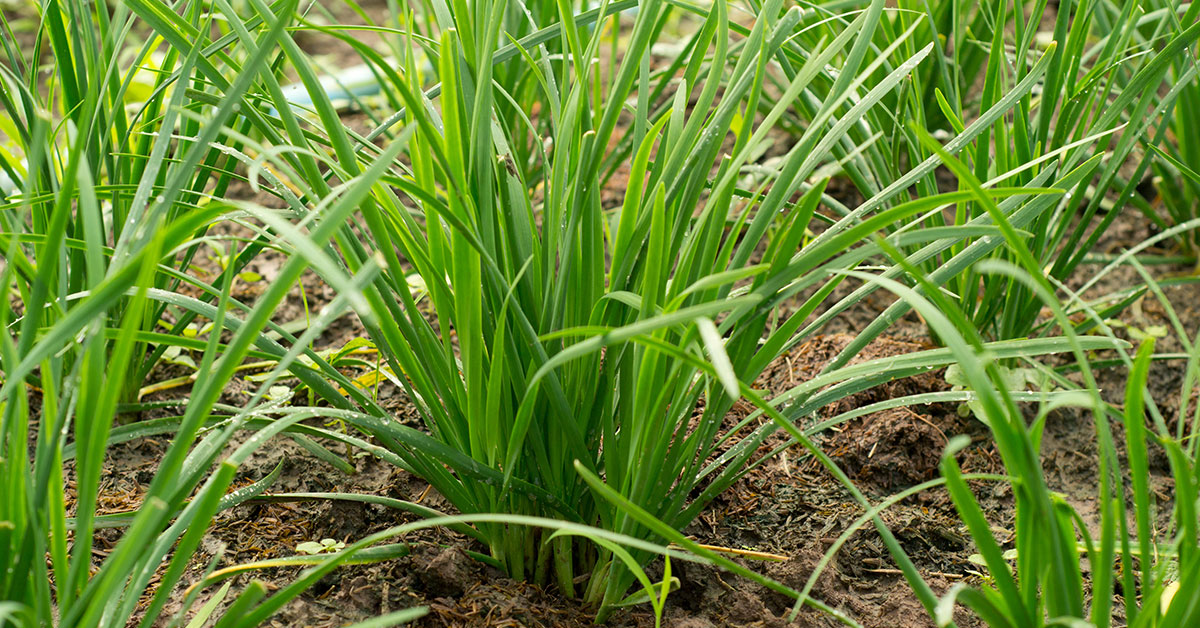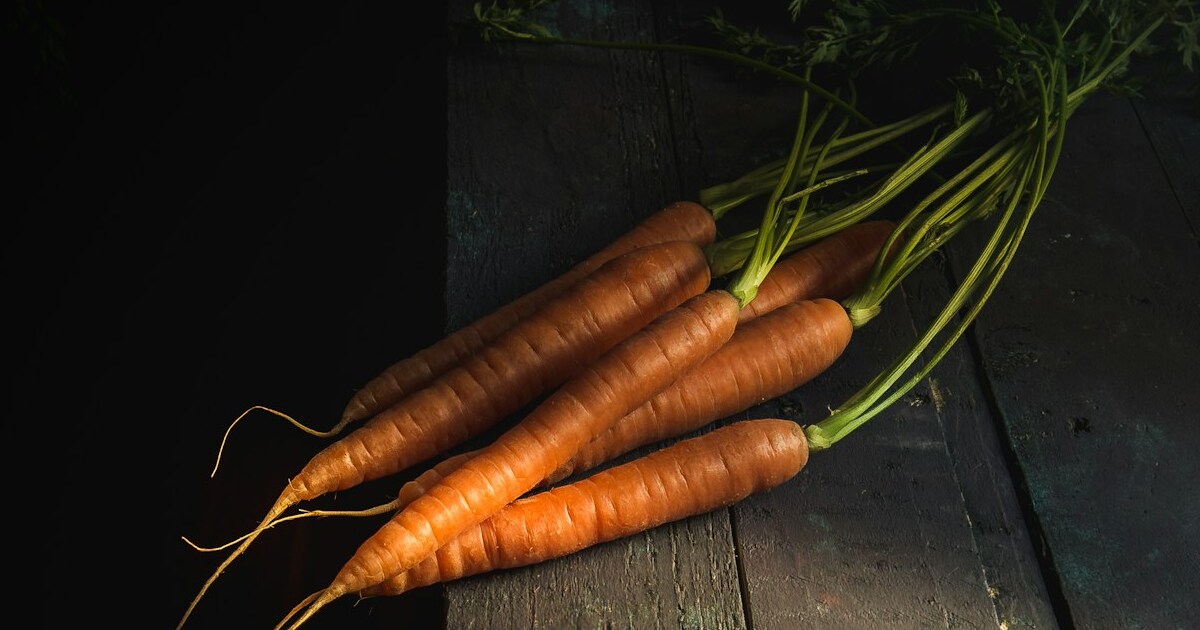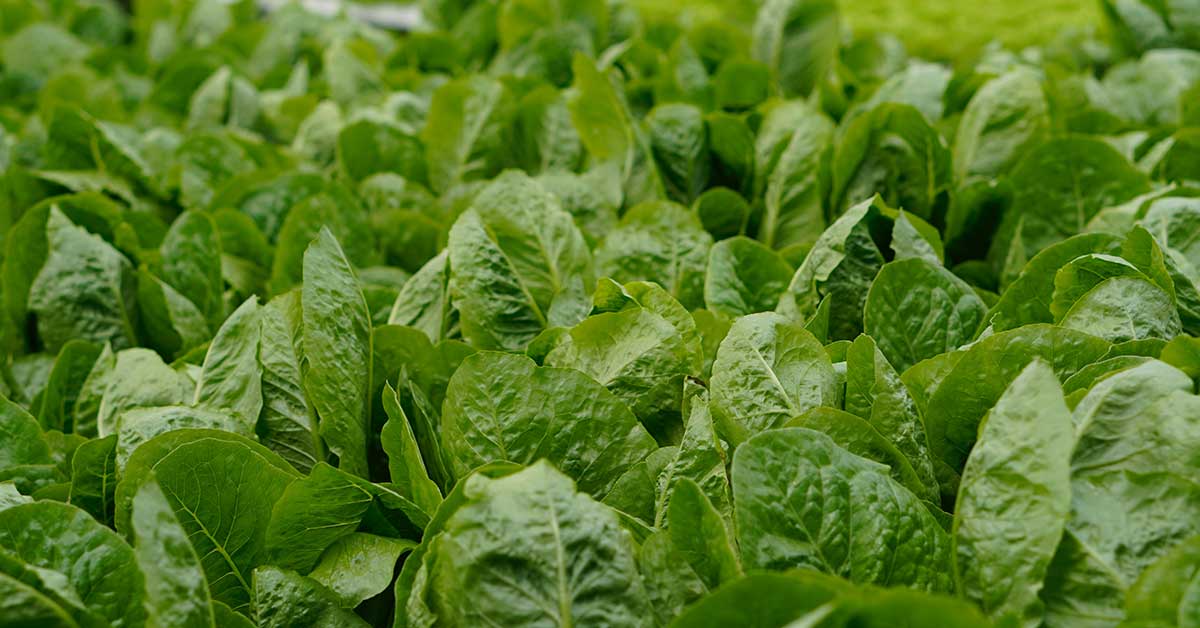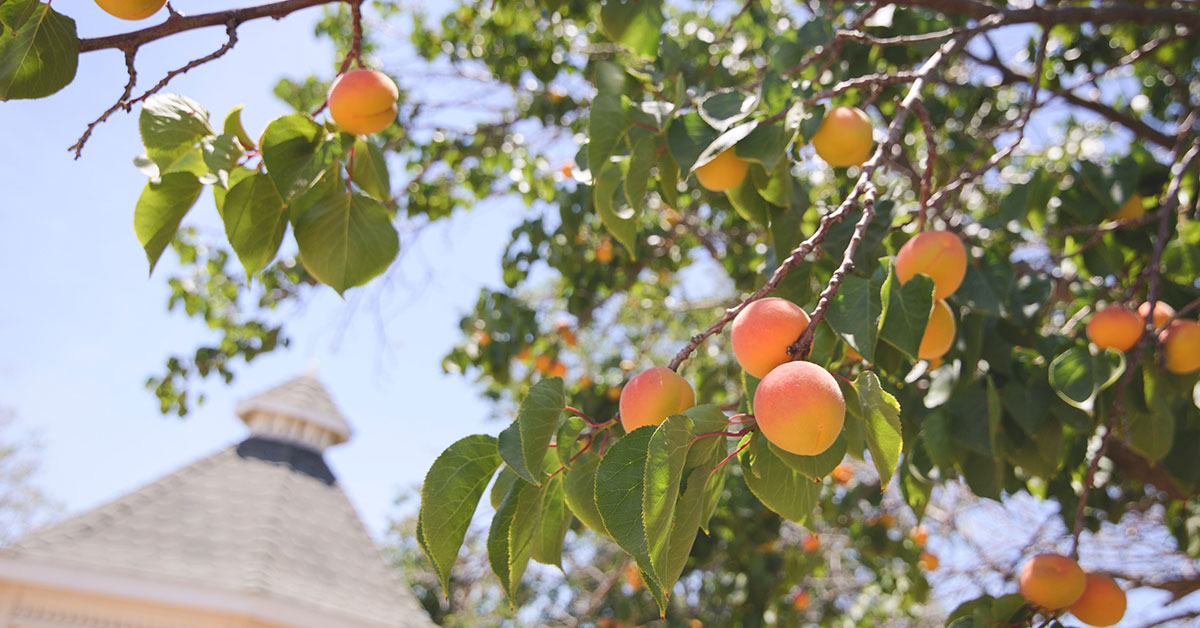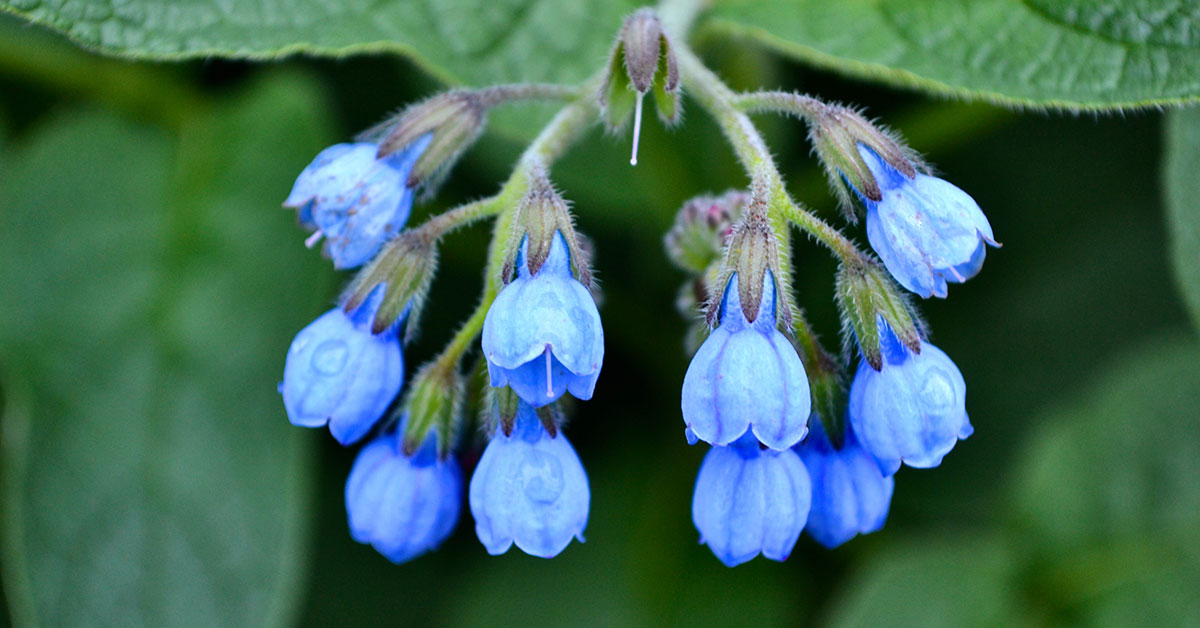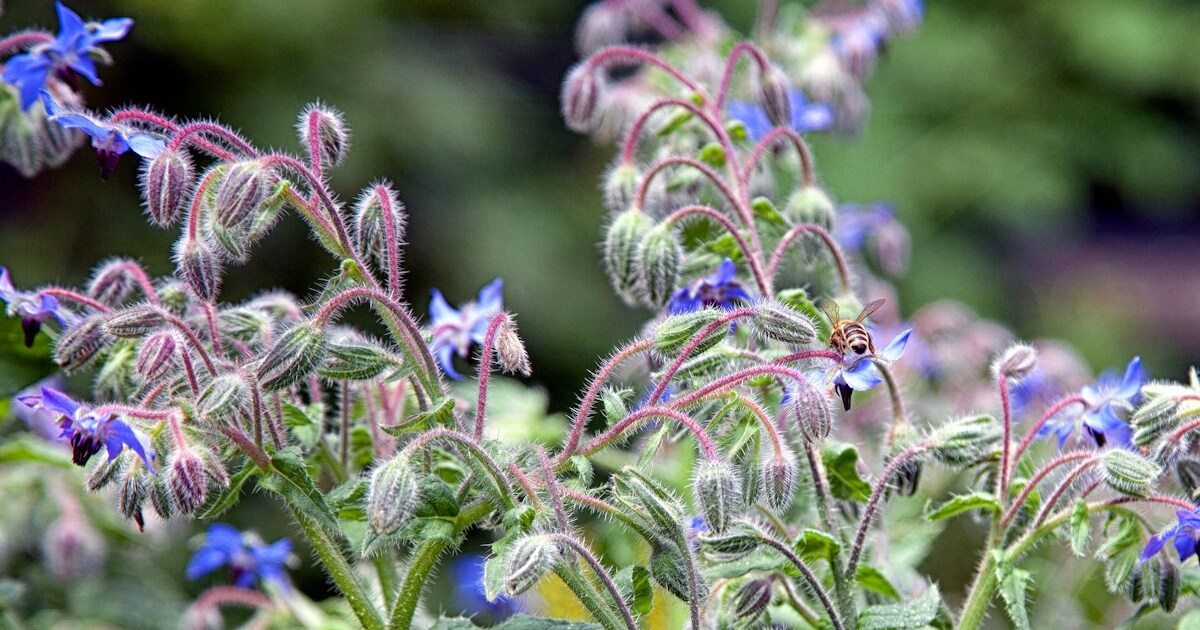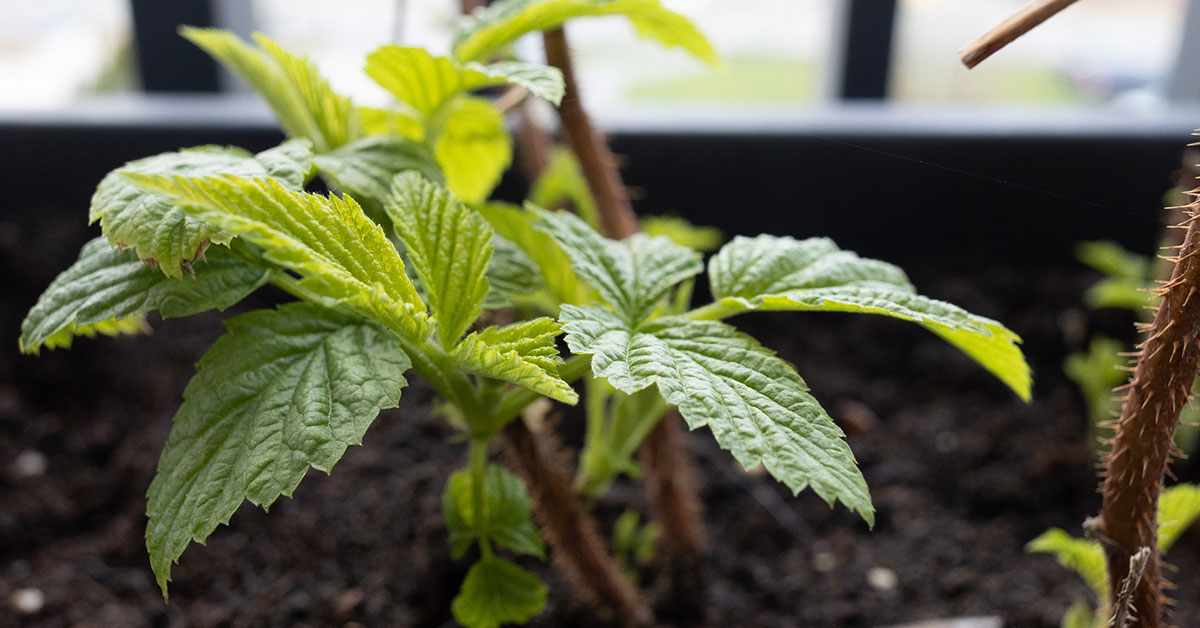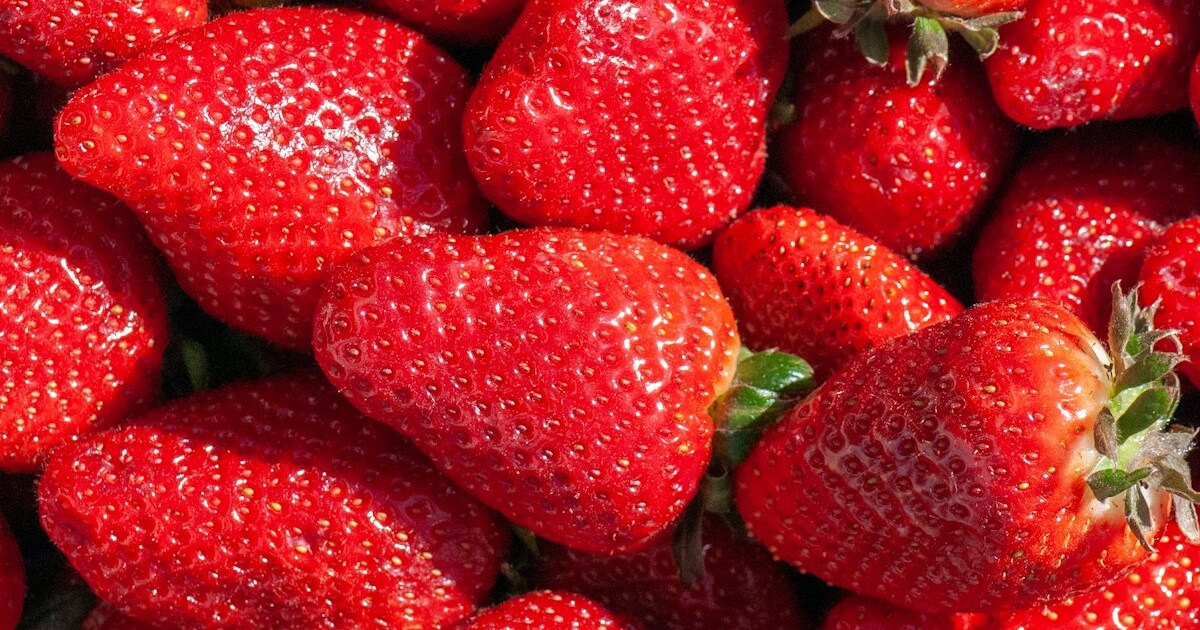Welcome to the vibrant world of gardening in Sacramento, California! Nestled in the heart of the Golden State, Sacramento offers a unique and favorable climate for gardeners of all levels. With its Mediterranean climate, characterized by hot, dry summers and mild, wet winters, Sacramento falls within the USDA hardiness zone 9b.
This means that gardeners in the region can enjoy a wide variety of plants that thrive in this zone, from colorful flowers to succulent fruits and vegetables. Whether you are a seasoned gardener or just starting out, understanding the USDA hardiness zone is crucial for selecting the right plants and ensuring their success in your Sacramento garden.
In this article, we will delve deeper into the significance of the USDA hardiness zone and explore the diverse range of plants that can thrive in Sacramento’s unique climate.
What is Sacramento’s USDA hardiness zone?
The USDA hardiness zone is a system used to determine the suitability of plants for specific regions based on their ability to withstand the average minimum winter temperatures. In the case of Sacramento, California, it falls under USDA hardiness zone 9b.
Zone 9b is characterized by mild winters with average minimum temperatures ranging from 25 to 30 degrees Fahrenheit (-3.9 to -1.1 degrees Celsius). This means that plants suitable for this zone should be able to tolerate occasional light frost and short periods of freezing temperatures. The long growing season in Sacramento, with an average frost-free period of about 270 days, allows for a wide range of plants to thrive.
However, it is important to note that the region also experiences hot and dry summers, with temperatures often exceeding 90 degrees Fahrenheit (32 degrees Celsius). Therefore, plants that can withstand both heat and drought conditions are ideal for this area. Some popular plant choices for Sacramento’s zone 9b include:
- Citrus trees: Varieties such as oranges, lemons, and limes thrive in the Mediterranean-like climate of Sacramento. They require full sun and well-drained soil.
- Olive trees: Olive trees are well-suited to the region’s climate and can tolerate both heat and drought. They require full sun and well-drained soil.
- Roses: Many rose varieties can thrive in Sacramento’s zone 9b. They require regular watering and well-drained soil, along with full sun exposure.
- Succulents: Drought-tolerant plants like succulents, including agave, aloe vera, and sedum, are excellent choices for Sacramento’s hot and dry summers. They require well-drained soil and can tolerate full sun.
- Mediterranean herbs: Herbs like rosemary, thyme, oregano, and lavender are well-suited to Sacramento’s climate. They require well-drained soil and full sun exposure.
It is important to consider other factors such as soil type, microclimates within the region, and individual plant requirements when selecting plants for your garden in Sacramento’s zone 9b. Consulting with local nurseries or gardening experts can provide further guidance on specific plant choices and care tips for this particular hardiness zone.
When can you plant your garden in Sacramento?
In Sacramento, the ideal planting times can be determined by considering its USDA hardiness zone, which is typically Zone 9a. This means that the average minimum winter temperature in the area ranges from 20 to 25 degrees Fahrenheit (-6.7 to -3.9 degrees Celsius).
For cool-season crops, such as lettuce, spinach, and peas, the ideal planting time in Sacramento is during the fall, around September or early October. These crops thrive in cooler temperatures and can be harvested before the heat of summer arrives.
Warm-season crops, such as tomatoes, peppers, and squash, require warmer soil and air temperatures. In Sacramento, it is best to wait until after the last frost date, which is typically around mid-March, before planting these crops. This ensures that the soil has warmed up sufficiently for their growth.
For perennial plants, such as fruit trees and shrubs, the ideal planting time in Sacramento is during the dormant season, which is generally from late fall to early spring. Planting during this time allows the roots to establish before the onset of hot weather.
It is important to note that these planting times serve as general guidelines, and local weather conditions can vary from year to year. It is always recommended to monitor the weather and adjust planting times accordingly. Additionally, some plants may have specific requirements, so it is advisable to consult plant-specific information or seek advice from local nurseries or gardening experts for the best results.
What grows well in Sacramento?
Sacramento, California falls under USDA hardiness zone 9b, which means it has mild winters with minimum temperatures ranging from 25 to 30 degrees Fahrenheit (-3 to -1 degrees Celsius). Here is a comprehensive list of plants that generally grow well in Sacramento:
- Crape Myrtle (Lagerstroemia indica)
- California Sycamore (Platanus racemosa)
- Chinese Pistache (Pistacia chinensis)
- Valley Oak (Quercus lobata)
- Red Maple (Acer rubrum)
- Southern Magnolia (Magnolia grandiflora)
- Olive (Olea europaea)
- Western Redbud (Cercis occidentalis)
- California Buckeye (Aesculus californica)
- California Black Walnut (Juglans californica)
- Rosemary (Rosmarinus officinalis)
- Indian Hawthorn (Rhaphiolepis indica)
- Heavenly Bamboo (Nandina domestica)
- Mexican Orange (Choisya ternata)
- Toyon (Heteromeles arbutifolia)
- California Lilac (Ceanothus)
- Rockrose (Cistus)
- Abelia (Abelia x grandiflora)
- Barberry (Berberis)
- Mock Orange (Philadelphus coronarius)
- Lavender (Lavandula)
- Salvia (Salvia spp.)
- Penstemon (Penstemon spp.)
- California Poppy (Eschscholzia californica)
- Black-eyed Susan (Rudbeckia)
- Cosmos (Cosmos bipinnatus)
- Zinnia (Zinnia elegans)
- Gaillardia (Gaillardia spp.)
- Coneflower (Echinacea spp.)
- Lantana (Lantana camara)
- Bougainvillea (Bougainvillea spp.)
- Wisteria (Wisteria spp.)
- Trumpet Vine (Campsis radicans)
- Passionflower (Passiflora spp.)
- Honeysuckle (Lonicera spp.)
- Clematis (Clematis spp.)
- Morning Glory (Ipomoea spp.)
- Jasmine (Jasminum spp.)
- Carolina Jessamine (Gelsemium sempervirens)
- Grape Vine (Vitis vinifera)
- Tomato (Solanum lycopersicum)
- Bell Pepper (Capsicum annuum)
- Basil (Ocimum basilicum)
- Rosemary (Rosmarinus officinalis)
- Thyme (Thymus spp.)
- Mint (Mentha spp.)
- Cilantro (Coriandrum sativum)
- Chives (Allium schoenoprasum)
- Lettuce (Lactuca sativa)
- Zucchini (Cucurbita pepo)
Remember to consider the specific growing conditions of your garden, such as sunlight exposure, soil type, and drainage, when selecting plants. Additionally, it’s always a good idea to consult with local nurseries or gardening experts for personalized recommendations based on your specific location in Sacramento.
What won’t grow in Sacramento?
In Sacramento, which falls under USDA hardiness zone 9b, there are certain plants that may struggle to thrive due to the region’s specific climate conditions. Here are some plants that generally do not perform well in Sacramento:
- Blueberries (Vaccinium spp.): Blueberries prefer cooler climates and acidic soil, which makes them challenging to grow in the alkaline soil of Sacramento.
- Rhododendrons (Rhododendron spp.): While some varieties may tolerate the Sacramento climate, many rhododendrons prefer more moderate temperatures and higher humidity levels.
- Azaleas (Rhododendron spp.): Similar to rhododendrons, azaleas may struggle in Sacramento due to the hot, dry summers and alkaline soil.
- Lilacs (Syringa spp.): Lilacs require a period of winter chill to bloom properly, which is often lacking in Sacramento’s mild winters.
- Hydrangeas (Hydrangea spp.): Certain hydrangea varieties may struggle in the hot, dry summers of Sacramento, especially if not provided with sufficient shade and water.
- Ferns (Various genera): Many ferns prefer more humid environments and may struggle to thrive in Sacramento’s dry climate.
- Hostas (Hosta spp.): Hostas generally prefer cooler temperatures and higher humidity levels, making them less suited for the Sacramento region.
- Peonies (Paeonia spp.): Peonies require a period of winter chill and cooler temperatures to bloom, which may be insufficient in Sacramento.
- Dogwoods (Cornus spp.): While some dogwood varieties may tolerate the Sacramento climate, others may struggle due to the hot, dry summers.
- Japanese maples (Acer palmatum): Japanese maples may require more shade and protection from the intense summer heat in Sacramento.
It’s important to note that while these plants may not thrive in Sacramento, it is still possible to grow them with extra care, such as providing shade, amending soil conditions, and ensuring adequate water and maintenance.


